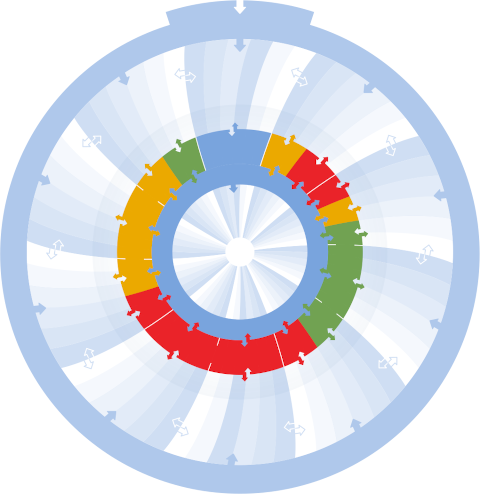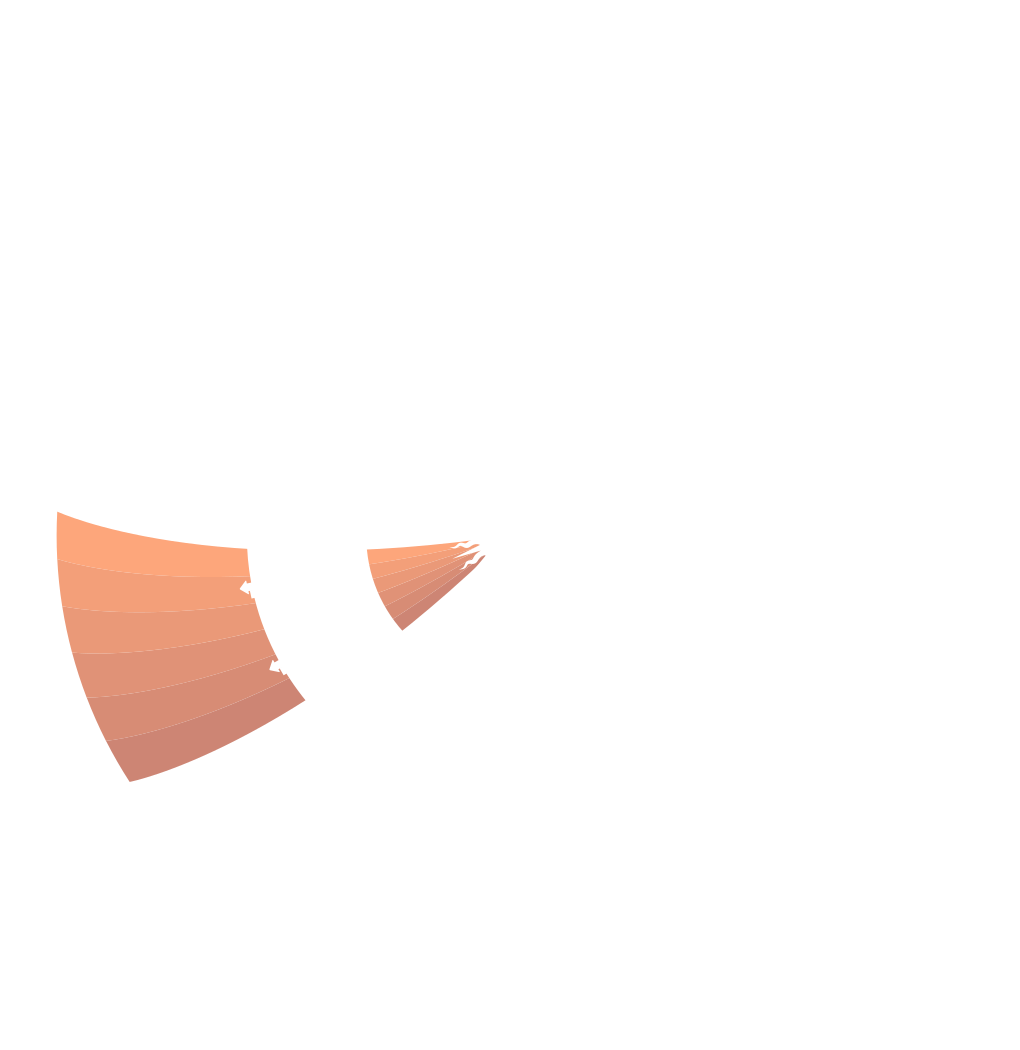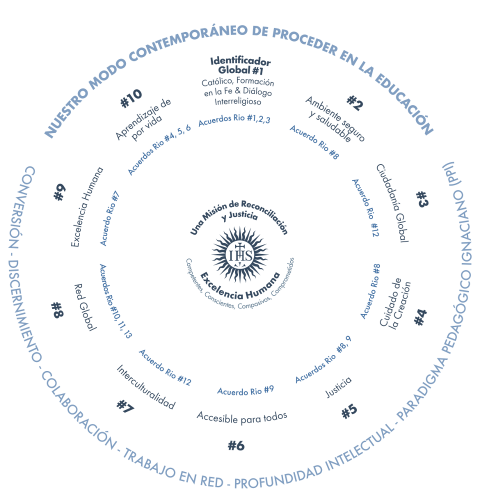Istituto Leone XIII
Via Leone XIII, 12, Milano, 20145, Italy
Perfil de género
Mixed
Director de la escuela
Por favor inicia sesión para ver el contenido
Presidente
P. Vitangelo Carlo Maria Denora SJ
Director Pastoral
P. Diego Mattei SJ
Tu escuela en 5 palabras
Historia
In 1564, 8 years after St Ignatius’ death, St Carlo Borromeo, at the time archbishop of Milan (in Lombardy, right in the middle of Pianura Padana in Northen Italy) asked a group of Jesuit Fathers to commit themselves to the education of the youth.
To this purpose they were given three little houses near San Vito al Carrobbio’s Church in the popular area of Porta Ticinese and later on a bigger site was given them next to San Fedele’s Church, very close to the Cathedral, under construction at the time.
About ten years later the Jesuit Fathers and the students moved to a new building in Brera. The name derives from the late Longubard Latin “braida” which means meadow, since the area was just outside the roman walls of the city of Milan, surrounded by meadows .
The building the school set in had very old origins: it had been a monastery of the order of the Humiliates, built in the second half of the XIIIth century. After the suppression of the order of the Humiliates by Pope Pio V in 1571, Cardinal Carlo Borromeo gave the Brera building to the Jesuits with the task of establishing there a high school for the clergy and the nobles.
The Jesuits remained in the Brera building for about two centuries till 1773, widening and restructuring the site several times. After the Jesuits left, only one important architectural work was made: the reconstruction of the facade overlooking Via Brera by Piermarini, the famous architect who also designed La Scala Opera house.
The teaching imparted by the Jesuits was based on Latin, Rhetoric, Philosophy and Theology -the Humanistic disciplines at the time grouped under the name of trivium – but great importance was also given to science, in particular Astronomy, as proved by the 30 observatories set up and run by the Jesuits in various European cities in the course of the 18th century.
The Brera College became not only an important school of Latin and Greek literature, of History and Hebrew but also a centre of great importance for the study of mathematics and in particular astronomy.
Towards the middle of the 18th century, when there was no astronomic observatory at Brera yet, some Jesuits Fathers conducted observations of celestial bodies from the roofs of the college, using small telescopes. As no documentation is extant, not much is known about this observation activity, which was probably ancillary to the teaching of astronomy.
A terrestrial globe and a celestial globe, made by the famous Venetian geographer Coronelli at the end of the seventh century, may be seen as an indirect trace of such activity; they were part of the equipment of the College at the time and are today historic property of the Observatory of Brera.
In 1760 a new comet was discovered by Giuseppe Bovio and Domenico Gerra, two Jesuits Fathers from Brera. This successful discovery led Father Federico Pallavicino, the rector of the College at the time, to enhance the astronomical activity establishing a real observatory. To this purpose, Father Luigi La Grange, an expert astronomer, was called from Marseilles where the Jesuits had an astronomical observatory and was given the task of founding the Specola of Brera. Father La Grange arrived in Milan in 1762 and from the following year regular astronomical observations and meteorological measurements were conducted.
The Astronomical Observatory of Brera was officially opened in 1764 as an ecclesiastical institution, just inside the Jesuit College in Milan.
The Jesuits stayed in the College in Brera till 1773, when the Company of Jesus was suppressed. It would be reconstituted in 1814.
In 1893, among the cultural activities promoted by the Milanese diocese for the jubilee of Pope Leone XIII on the occasion of the fifty year anniversary of his episcopacy, it was suggested a new centre for the education of the youth be founded, the future Istituto Leone XIII.
The bases for the realization of a project already conceived by Father Luis Martin, Superior General at the time, were thus set: he strongly believed in the importance of the presence of the apostolic activity of the Company in a city like Milan after the unification of Italy.
The first school named “Collegio di San Luigi e Convitto LeoneXIII” was opened in Corso di Porta Nuova with the main aim to form elementary school teachers. Its foundation was made possible thanks to the commitment to the project, to the economic support and to the cooperation of important lay people like Duke Tommaso Gallarati Scotti, but also thanks to the funds raising campaign carried out in the diocese.
The important presence of lay people has constantly accompanied the story of the Institute from its foundation throughout its over one hundred years of life, years marked by the great events and cultural and social contrasts of the 20thcentury and by economic crises as well.
The cooperation and the direct involvement of the lay people in the educational activity of the Jesuits is no doubt a notable feature of our Institute.
The Institute was born in a difficult historical and cultural context, marked by great unrest like the labour question (the encyclical letter “Rerum Novarum “ was published in those years), the relation of the liberal to the Christian view of life and the relation of science to faith. In this context it represented a significant moment in the effort of the Italian Catholics to provide themselves with valid cultural tools.
In the same spirit, in our current society characterized by strong economic and secularist forces, Istituto Leone XIII carries out its mission to “form people able to and willing to contribute to the cultural, ethical, religious renewal of the society, through an education which gives the primacy to the sense of God, to the Gospel, to the overall understanding of the events, to personal and social responsibility, to the growth of the contemplative dimension of life”, as Cardinal Carlo Maria Martini wrote in 1994, on the occasion of the one hundred year anniversary of Istituto Leone XIII.
Such deep socio-cultural involvement has always been the distinctive element of the presence of Istituto Leone XIII in the Milanese area, throughout its history.
When the First World War broke out in 1915, the college in Porta Nuova was seized by the soldiers and the school moved to Corso Venezia till the end of the war. From its foundation up to that time Istituto Leone XIII had hosted only the four grades of the elementary school, and the five grades of Ginnasio.
The second World War broke out and on September 10th, 1944 three bombs completely destroyed the building. The Fathers were hosted in Via Parini by the Orsoline Sisters for five years till 1950, when the present building was built thanks to the tireless and forward-looking activity of Father Enrico Pozzi.
At the time in that area there was only the Sempione rail yard and all around just countryside.
At the beginning the building consisted only of the church and the wing overlooking Via Leone XIII. In 1967 the works for the construction of the swimming pool began, followed in 1977 by the ones of the building overlooking Via Vincenzo Monti.
Today the Institute, located in the historical centre of Milan, now a European metropolis, looks like a student campus, with modern facilities for both academic and sports activities.
Each school of the Institute is equipped with modern laboratories for the teaching of practical lessons- i.e. art, chemistry, physics, music, language, information technology laboratories.
Since 2008 there has been internet connection in the classrooms, all of them also equipped with PCs and interactive boards.
The year 2012 saw the introduction of digital learning and at present most of the students are equipped with an i-pad given them by the Institute.
Significant investments in the sports facilities have been made since 2013. The already numerous facilities of the Institute have been renovated; the new Leone XIII Sports Centre offers a 25mt long swimming pool, a sport arena for basketball and volleyball matches, a football pitch and a rugby field, both in synthetic grass.
Over 1.100 students are currently attending the Institute.
Datos de Interés
Istituto Leone XIII consists of primary school (from 6 to 10/11), middle school (from 10/11 to 13/14) and secondary school (classical, scientific and sports field) (from 14 to 19).






